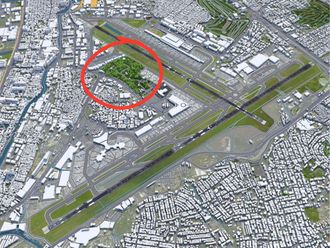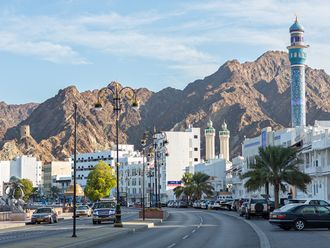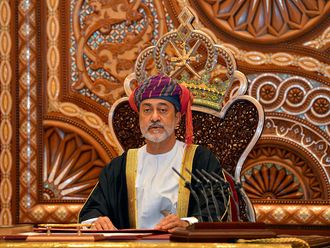Manila: A 178-hectare wetland reservation in Northeastern Isabela province has been designated as a protected area for the Philippine duck, a native specie whose numbers are dwindling due to overhunting and human habitat encroachment.
As few as 5,000 of the Philippine duck (scientific name: Anas luzonica) may remain in the wild, and the Department of Environment and Natural Resources (DENR) is bent on preventing the disappearance of the native fowl.
Earlier in September 2011, the DENR had initially declared a 27-hectare wetland area in Cabusao, Camarines Sur further down south in Luzon main island as a critical habitat for the Philippine duck. With Administrative Order No. 2012-01 signed recently by DENR Secretary Ramon Paje, a further 178 hectares had been added to the reservation.
The Malasi Tree Park and Wildlife Sanctuary in the village of San Antonio in Cabagan, Isabela has been designated as critical habitat for the Philippine Duck and other water bird species.
The designation of the "critical habitat" is in accordance with Republic Act (RA) No. 9147, also known as the Wildlife Resources Conservation and Protection Act.
Critical habitats are areas that are preserved to support the perpetual existence of a certain plant or animal species, whether they are migratory or naturally occurring in an area.
"This is a major step to conserve and protect the Philippine duck as the area becomes now a protected area, which means that the communities around it should make an effort to minimise human activities that will have adverse impact to the animal," he said.
According to the Wikipedia online resource, overhunting and habitat loss has contributed to the decline of the endemic wild duck population.
The Philippine Duck is distinguished by its black crown, nape and eye stripe, with a cinnamon head and neck. "Rest of body is greyish brown with a bright green speculum. Its legs are greyish brown, and its bill is blue grey," Wikipedia said.
The wild duck subsists on shrimp, fish, insects, and vegetation.
Under Administrative Order, local government organs are also ordered to enforce all applicable environmental laws especially those such as dumping of waste products, human settlement, mineral exploration or extraction, burning, logging or quarrying.
The Philippine duck has been described as "the tropical version of the mallard," a type of duck commonly found in more temperate regions such as the Americas and Europe. Its population has been on a decline, prompting the International Union for Conservation of Nature (IUCN) to classify it as "vulnerable" under its Red List of Threatened Species.
The Malasi area is already familiar among avid bird watchers as it is a known sanctuary for various species of ducks, herons, and other migrant birds. It has also been found to support a significant population of the Philippine duck.












